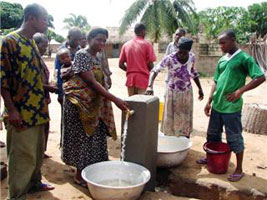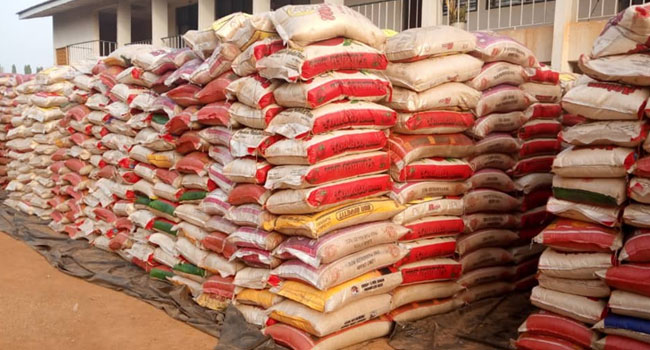A new study by the Ghana Statistical Service (GSS) has revealed that about 78 per cent out of 2,770 localities that were surveyed did not benefit from the government’s free water policy which formed part of measures to lighten the economic burden of the COVID-19 pandemic.
The inability of these communities to enjoy this freebie was due to the unavailability of water in their communities.
The Government Statistician, Prof. Samuel Kobina Annim, addressing the media on Tuesday, September 29, 2020, said “Close to 25% and 78% of localities did not benefit from the subsidies on electricity and water respectively because of the unavailability of these amenities. For electricity, this is because these localities were not connected to the national grid, and for water, because localities relied on other alternative sources of water and were not served by the Ghana Water Company Limited”.

Prof Annim explained that the first wave of the COVID-19 Local Economies Tracker survey was conducted by the GSS, in collaboration with the United Nations Development Program (UNDP), to understand the effect of the COVID-19 on the local economies.
Of the 2,770 localities surveyed, 554 of them were in districts where lockdowns were imposed, an additional 1,169 were in districts that share international borders with other countries whilst the remaining 1,047 were neither in lockdown nor border districts.
The results of this survey according to the Government Statistician, “show that COVID-19 had both economic and social effects on localities. These imply that strengthening of district assemblies to take initiatives during shocks, provision of social amenities, strengthening of social structures, the involvement of district security agencies and non-state organizations would assist localities to deal effectively with future shocks”.

The survey lay bare the severe impact of the pandemic on businesses. According to Prof. Annim, “about 72 percent and 90 percent of local businesses saw reductions in production and sales respectively.
“Furthermore, businesses faced labor shortages and high cost of credit during the lockdown. Prices of almost all products increased, with food and non-food and non-alcoholic beverages experiencing the highest price increase of 4. 8 percent”.
Rise in crime
Prof. Annim stated that there was a general rise in crime in almost all the localities especially those that were under lockdown. The Government Statistician said; “34.1 % of localities saw an increase in crime. Lockdown localities saw the highest (47.1%) increase in crimes. Theft and burglary were the two most common crimes, followed by domestic violence and assaults in that order”.
Low district Assembly interventions
Even though district assemblies were the main source of direct support and driver of social and political initiatives, over 75% of localities indicated that their district assemblies have not taken economic initiatives to lessen the economic impact of COVID-19. Few district assemblies initiated economic mitigating measures such as alternative markets for local produce, subsidies on inputs and soft loans for businesses or farmers.

Additionally, the survey also found the significant role played religious organizations and philanthropists in providing support for individuals and businesses during the outbreak of the coronavirus. According to the survey, 41.5 percent and 40.8 percent of lockdown localities received support from churches and philanthropists respectively. This assistance was largely in the form of food. And as one will rightly expect, lockdown districts were found to have received the most extensive assistance in comparison to the rest.
Recovery expectations.
From the survey it was realized that majority of the localities believed that COVID-19 will last for quit sometime. Specifically, it was found the 2 out of every 5 localities reported that it will take more than a year for the local economy to recover from the pandemic.
“Approximately, 38% of localities think it will take more than a year for the local economy to recover from the COVID-19 pandemic”. Over 30% of localities have no idea when the local economy might recover from COVID-19”.























